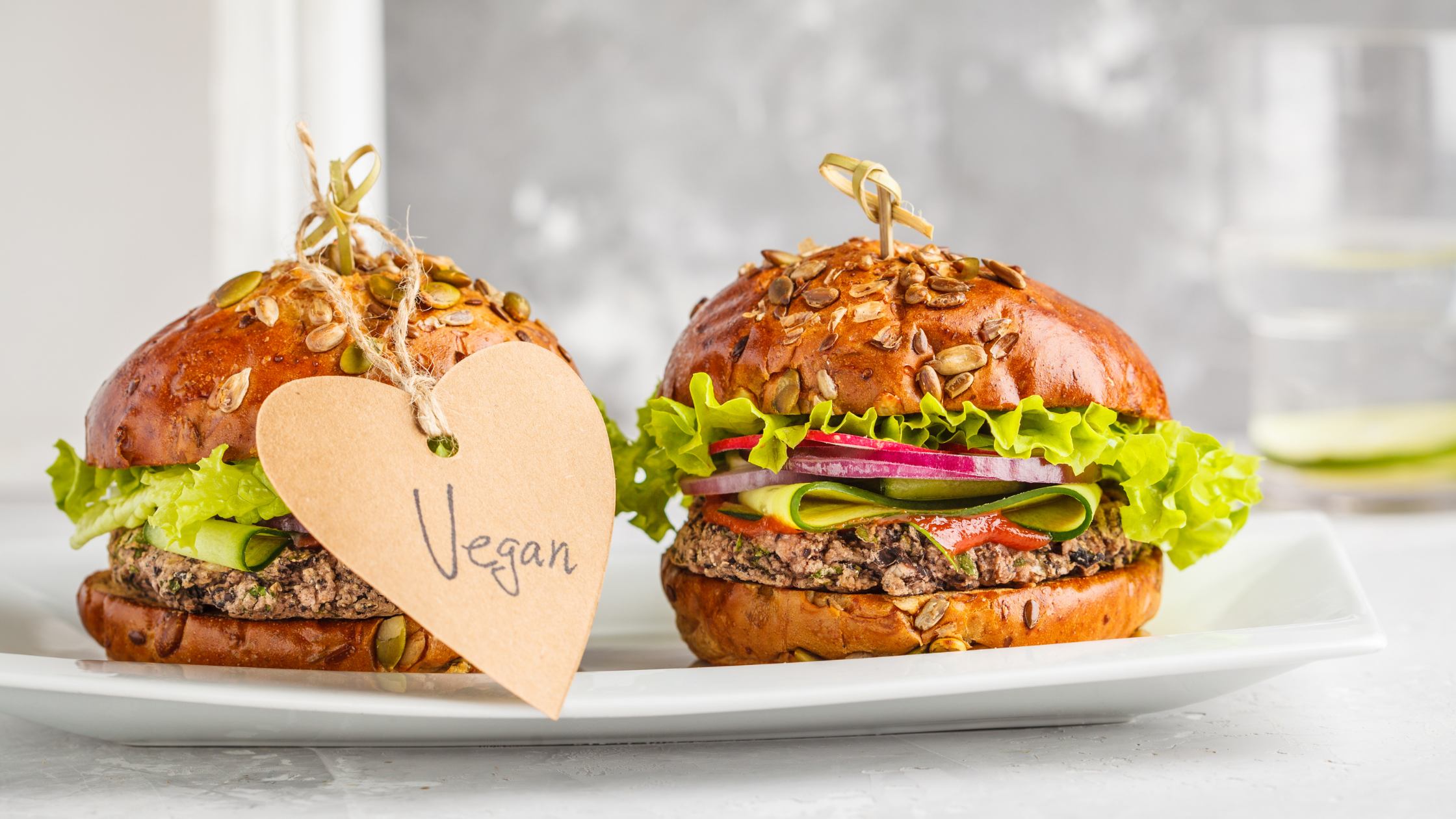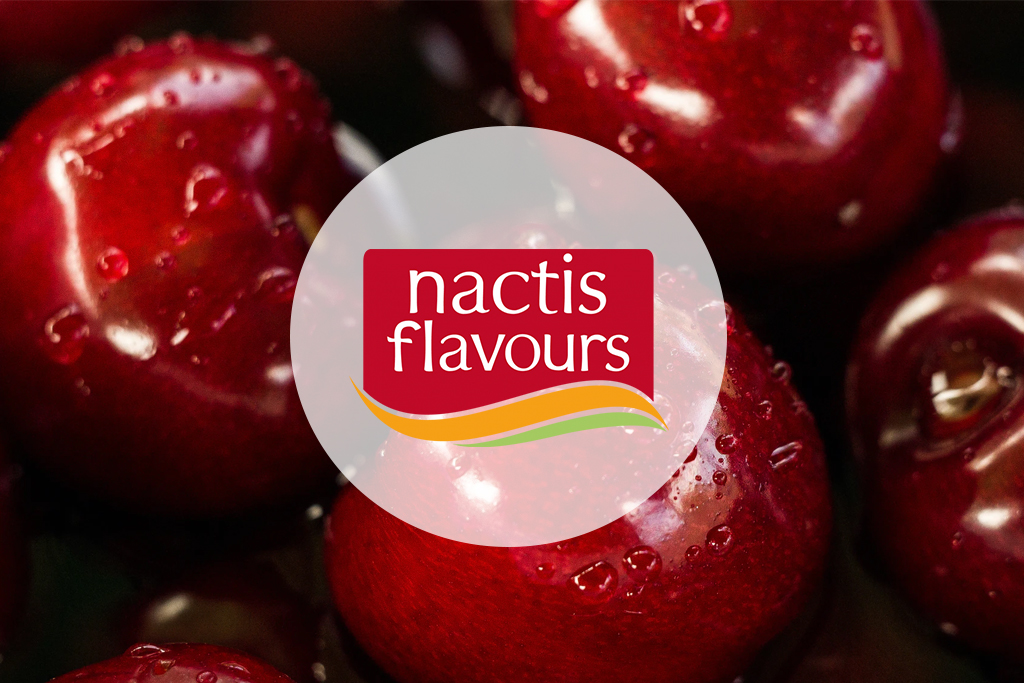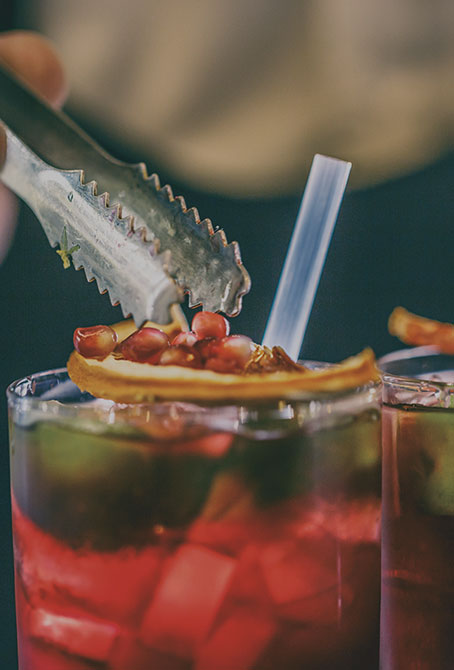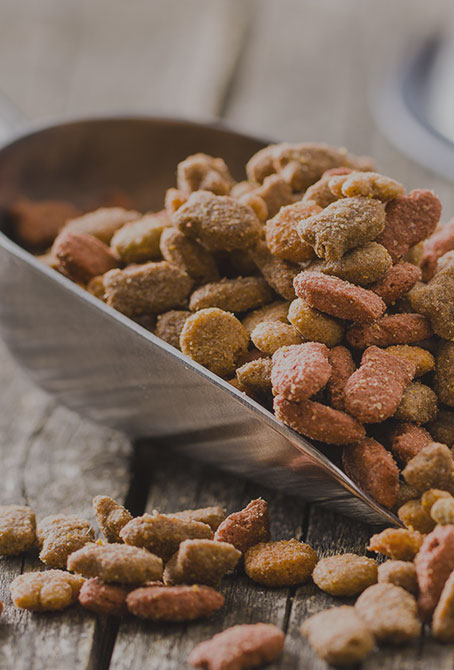Sustainability has been a buzzword for a while, and as we thrive in making our processes, raw materials and workspaces as environmentally-friendly as possible, there’s a much wider area where we can all act as consumers. Have you ever tried one of those lifestyle footprint calculators that are easily found online? They take into account how we commute, how we consume energy, and also our food and beverage habits. But why? According to a study by FAO, global livestock emissions represent 14.5% of all anthropogenic GHG emissions, which is more than the emissions of all cars, planes, trucks, ships combined. This number alone would suffice to justify the multiple pleas to reduce our meat and dairy consumption, but apart from emission themselves, we must face the other truth linked to the livestock sector: deforestation. Animal agriculture is responsible for at least 80% of the Amazon deforestation. Not to mention the amount of fresh water required to process meat: 70% of global freshwater consumption.
What would change if we all cut on our meat consumption by the equivalent of 1 burger a week? Well, as an example, if the average American cut just a quarter pound of beef (113 gr) a week from their diet, about one hamburger, it would be the equivalent of taking 10 million cars off the road for a year, stated back in 2020 Sujatha Bergen, head of Natural Resources Defense Council Health Campaigns. It means saving 328 million burgers, about 37k tons of beef, a week.
What about taste, though? Meat and dairy alternatives are really multiplying out there on the market, particularly in more developed countries. But what are the challenges in terms of taste, smell, texture, cookability, etc.? Most consumers seeking to make their food choices more sustainable belong to the GenZ, and according to a recent study by IBM Studios Milan, whereas older generations are more concerned about buying local and reducing waste. GenZ consumers are also interested in everything natural, authentic, traceable.
Developing flavours and colours for meat and dairy alternatives needs therefore to take into account labelling requirements as well: everything natural, traceable, clean label is going to play a key role in purchasing decisions. But it has to taste good: no consumer is willing to trade taste for health (or environment), no matter what. This is why our sensory panel is a key element in the development of our meat- and dairy-alternative range. From soy maskers to dairy taste enhancers, to natural cheese type flavours; from natural chicken flavours to juicy mallow notes, at AromataGroup we combine our expertise in the meat and dairy sector with our raw material sourcing, flavour and colour development and sensory analysis skills to offer a comprehensive range of products perfectly suited for this growing market.

















